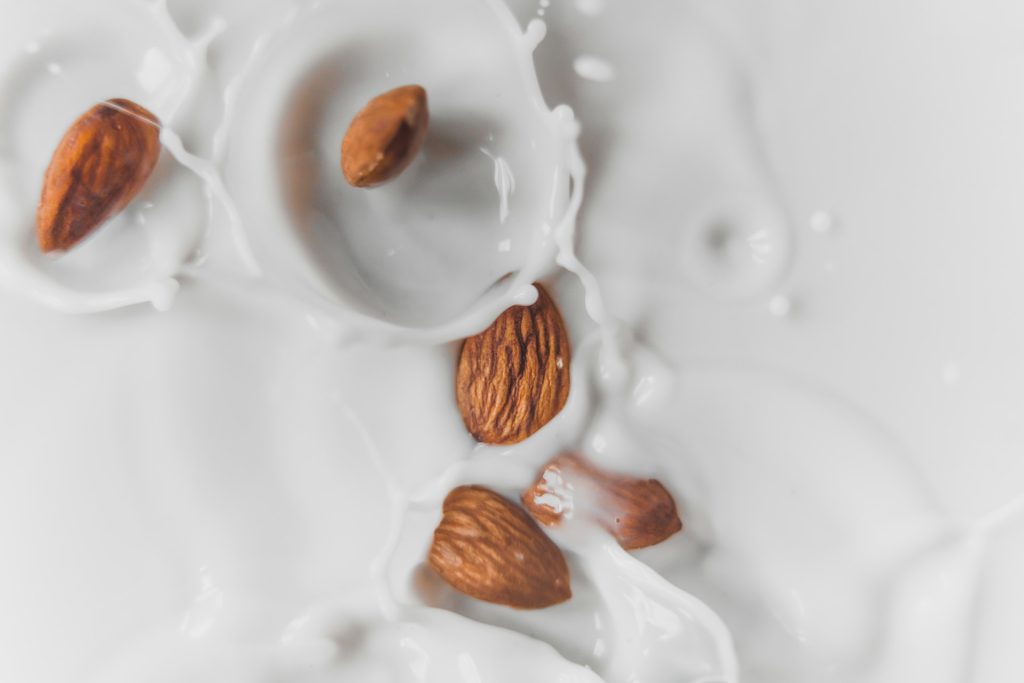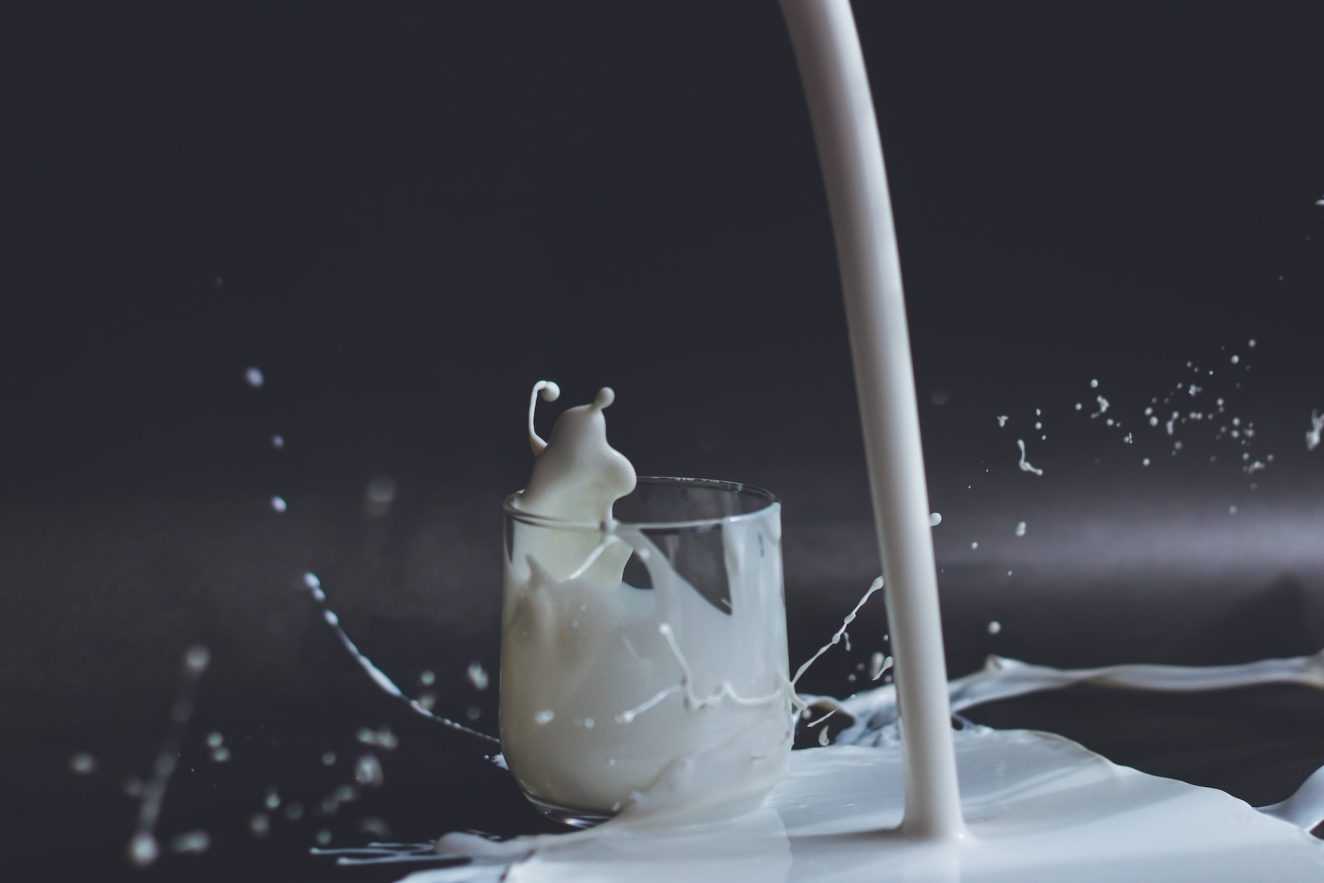Milk, often dubbed as nature’s superfood, has been a dietary staple for centuries. But what you might not know is that milk offers more than just a refreshing beverage; it has a fascinating world of by-products. In this blog post, we’ll take you on a journey through the science behind milk production, its nutritional content, and the surprising and diverse by-products that make milk a treasure trove of ingredients and applications.

Milk Production: From Farm to Fridge
Milk production starts on dairy farms, where cows, goats, or sheep are milked using modern machinery. The milk is then transported to processing plants, where it undergoes several steps to ensure safety and quality. These steps include pasteurization, homogenization, and fortification.
Milk’s Nutritional Content: A Powerhouse of Nutrients
Milk is celebrated for its nutritional richness. It is a significant source of calcium, essential for strong bones and teeth. Moreover, milk contains high-quality proteins that provide all essential amino acids. It’s also an excellent source of vitamins, such as B12, riboflavin, and pantothenic acid.
1. Cheese: Curds and Whey
One of the most well-known milk by-products is cheese. Cheese-making involves curdling milk to separate the solid curds from the liquid whey. The type of cheese produced depends on the milk source, the bacterial cultures, and the aging process. From creamy Brie to tangy cheddar, the world of cheese offers an impressive array of flavors and textures.
2. Yogurt: Fermented Probiotic Goodness
Yogurt is the result of fermenting milk with specific bacterial cultures. This process thickens the milk and gives yogurt its distinct tangy flavor. It’s not only a delicious snack but also a probiotic powerhouse that supports gut health.
3. Butter: Creamy Elegance
Butter is created by churning milk or cream, separating the fat from the liquid. This luscious dairy delight is not only a versatile cooking ingredient but also a symbol of indulgence.
4. Whey Protein: A Fitness Favorite
Whey protein is a by-product of cheese production. It’s separated from the liquid whey and then processed into a powder. Whey protein is a popular dietary supplement among athletes and fitness enthusiasts due to its high-quality protein content and rapid absorption.

5. Ghee: Liquid Gold
Ghee is clarified butter obtained by simmering butter and removing the milk solids. It’s a staple in Indian cuisine and offers a high smoke point, making it ideal for cooking. Ghee is prized for its rich, nutty flavor and extended shelf life.
6. Casein: The Slow-Digesting Protein
Casein, the primary protein in milk, is used in various food products, including protein bars and shakes. Due to its slow digestion, casein protein is often consumed before bedtime to support muscle growth and repair during sleep.
7. Lactose-Free Milk: Minimizing Lactose
Lactose-free milk is processed to remove or break down lactose, making it suitable for individuals with lactose intolerance. Enzymes like lactase are added to break down lactose into more digestible forms.
8. Milk Powder: Long Shelf Life
Milk powder is created by removing the moisture from milk. This makes it a convenient and long-lasting option for a variety of applications, from reconstituting into liquid milk to baking and cooking.
9. Milk Soap: A Gentle Cleanser
Milk soap, often made with goat’s milk, is lauded for its moisturizing and gentle cleansing properties. The natural fats and vitamins in milk can nourish the skin.
10. Casein Paint: An Artist’s Tool
Casein paint is a traditional artist’s medium, known for its luminous and vibrant colors. It’s made from casein protein, which is mixed with pigments to create paints that dry quickly and offer a unique texture.

Milk, beyond being a wholesome beverage, holds a treasure trove of by-products that grace our tables and lives in various forms. From the savory delight of cheese to the creamy elegance of butter, milk’s by-products are a testament to human creativity and the extraordinary versatility of this dairy wonder. Whether you’re enjoying a cheese platter, a cup of yogurt, or the rich aroma of ghee in your cooking, remember that all these delights trace their origins back to a humble glass of milk.





